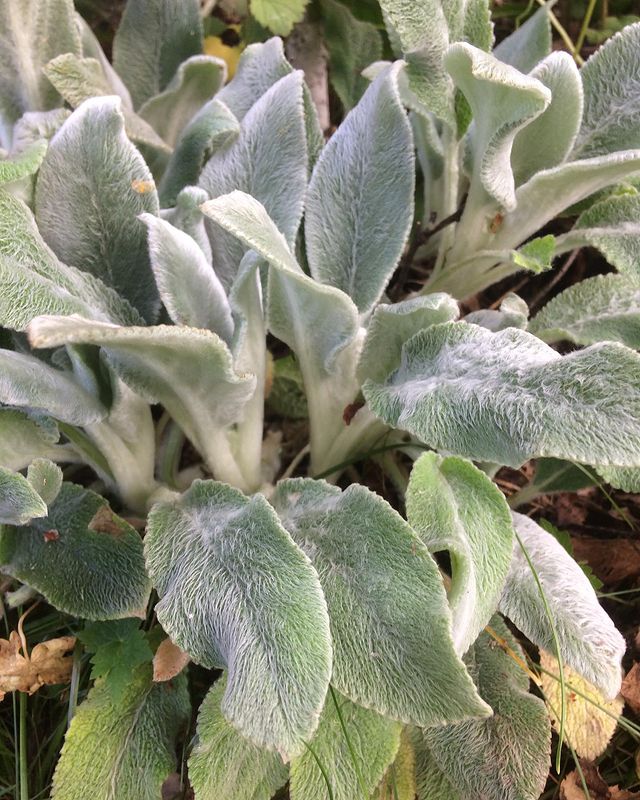Wanting more of the Lambs Ear in your garden with failsafe transplanting steps? Do not worry! We got you covered.
Thus, read on to uncover all necessary failsafe steps for transplanting Lambs Ear, aka Jesus flannel or Silver carpet.
When Can I Transplant Lambs Ear?
Spring or Fall seasons are the ideal time to transplant the Lambs Ear (Stachys byzantina) plants.
In other words, when the weather is warm and stable, you can relocate Lambs Ear. Also, grow them in well-draining soil in full sun with afternoon shade while transplanting.
In general, after the last Spring frost, you can aim to transplant the Lambs Ear plant.

That said, do not wait till the cruel Summer to transplant! Too hot temperatures may affect and induce severe transplant shock.
Meanwhile, you can still transplant Donkey’s Ears in Summer in cooler areas. Just remember to keep up with increased water intake.
Lastly, morning or late afternoon hours are the best time of the day for transplanting Lambs Ear plant.
How Do I Transplant Lambs Ear?
Transplanting Lambs Ear plant is relatively simpler and involves easy steps. But the process may vary.
For instance, the transplanting is gradual if you are growing Lambs Ear plant from seeds. But for larger plants, the plant is divided and transplanted.
So slowly expose seedlings of Lambs Ear to an outdoor setting over several weeks. After the last Spring frost, follow the transplant steps.
On the other hand, you need to divide or split the roots in Spring before transplant.
Now, to divide Lambs Ear, carefully dig out the entire plant first. Then, split the root clumps into smaller chunks using pruning scissors.
After that, proceed with the following transplanting steps for the Lambs Ear plant.
- Firstly, select a sunny location with partial afternoon shade. Also, ensure the soil is fertile and well-draining.
- Prepare the site by digging a hole twice the size of the plant’s root ball. And remove weeds and grasses as well.
- Ensure to deeply water to loosen the soil before removing the plant from the pot.
- Then plant the division in the hole and fill the space with soil.
- Deeply water the plant to lower the transplant stress.
- Apply a reasonable layer of organic mulch to inhibit unnecessary weed growth.
After a successful transplant, focus on providing plants with ideal care. But once the Lambs Ear plant establishes itself properly, it will thrive with minimal care.
Remember to keep the soil moist but not soggy and regularly cut back damaged foliage of Lambs Ear.
Also, regularly watch out for insects and their eggs. If you come across one, remove them and then apply neem oil.
Editor’s Note
Every Two Year Division & Transplant!
Rejuvenate the plant and populate new Lambs Ear plants in your garden with every two-year division and transplanting process.
But while dividing and transplanting, avoid damaging the plant. Also, regular watering is the key until they are established.
All The Best!


